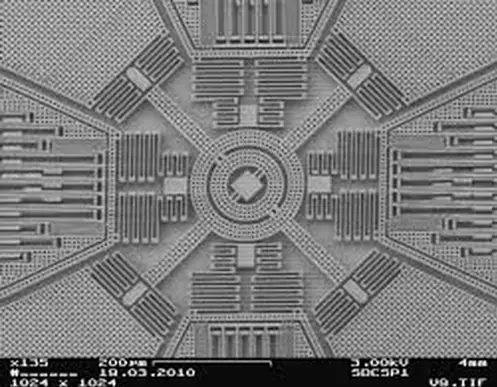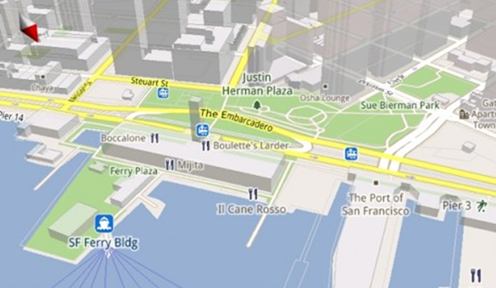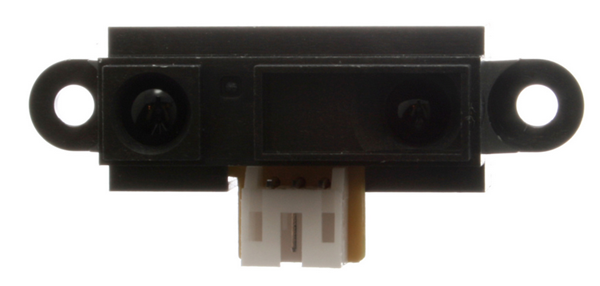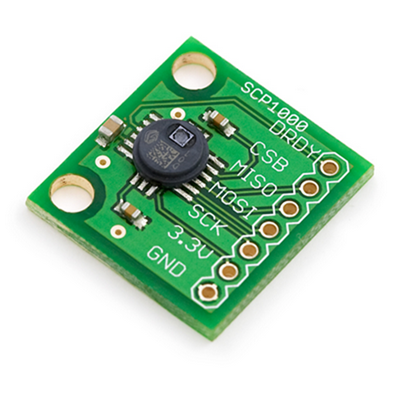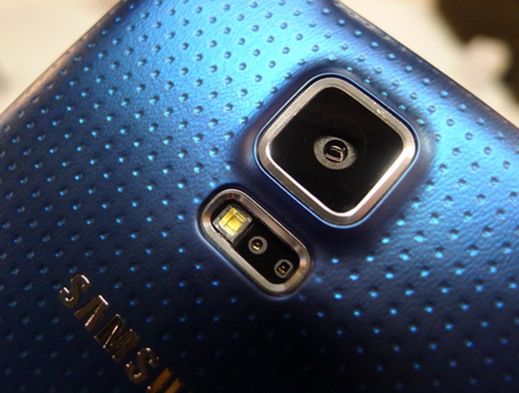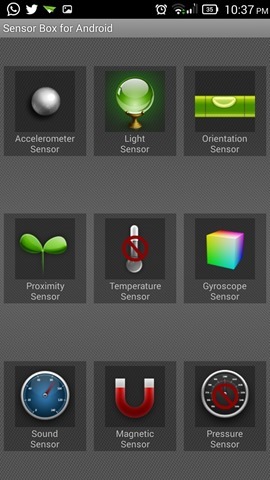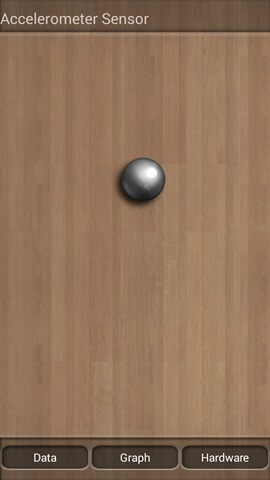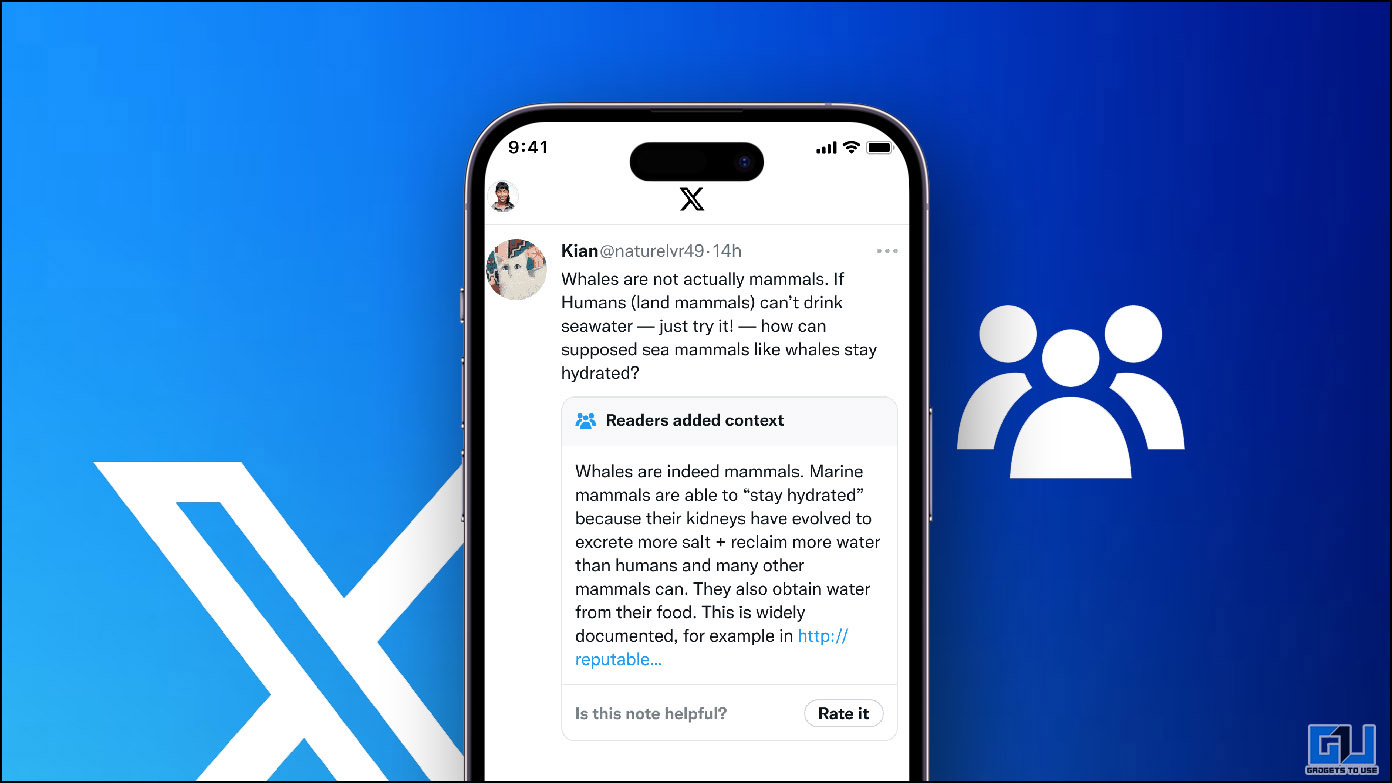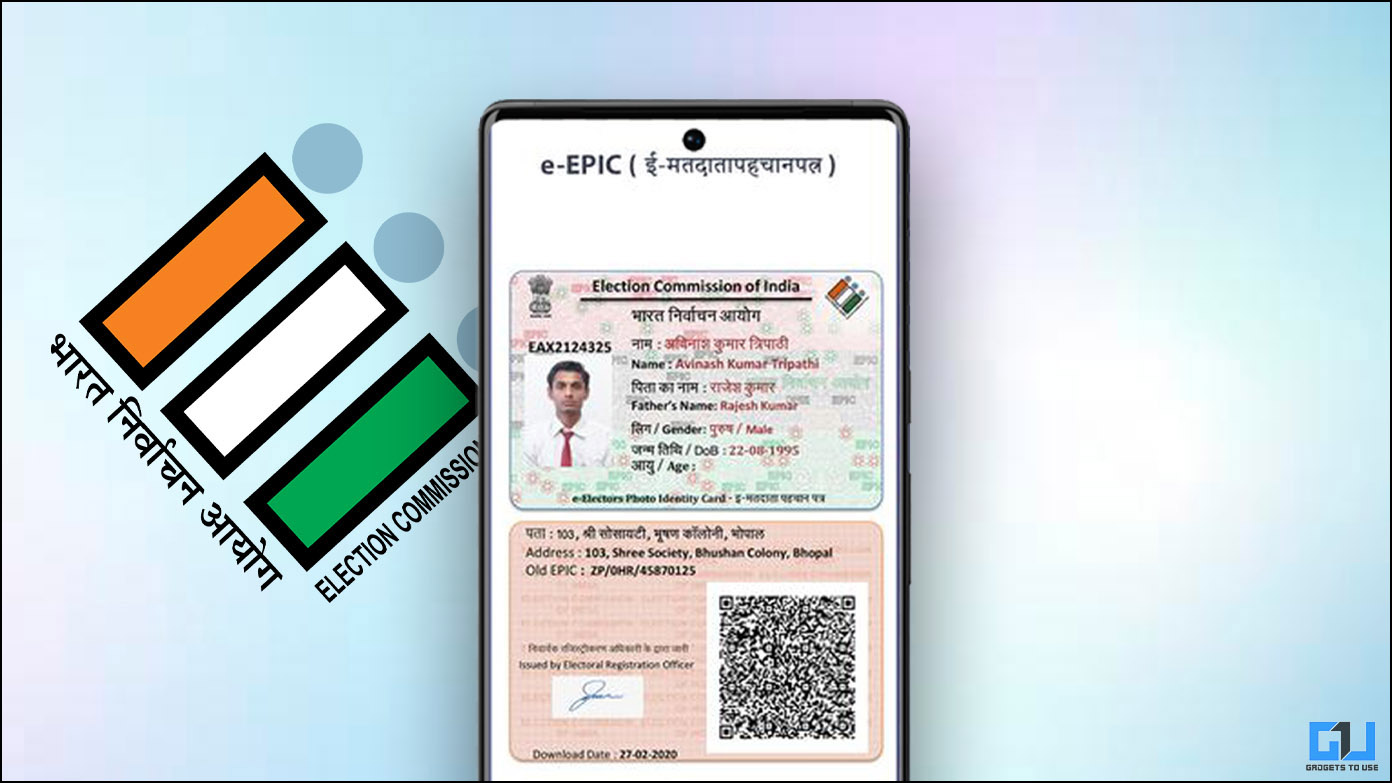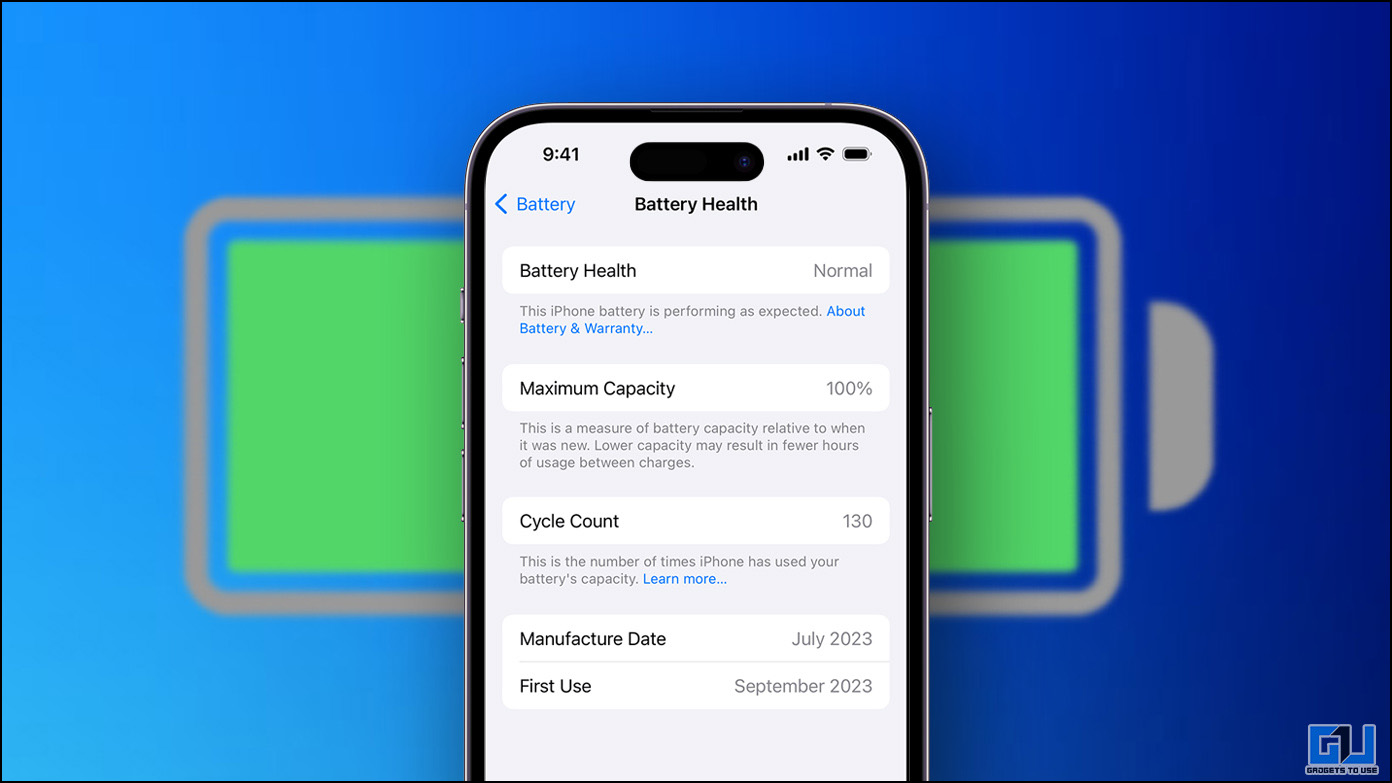Smartphone sensors make your device do wonderful things and provide valuable data to apps to make them more meaningful and interesting. If you ever wonder what different smartphone sensors included on your device can potentially achieve, here is an insight.
Accelerometer
As the name implies accelerometer measures if your phone is at rest or if in motion. When your phone is still, Accelerometer is idle, but if you move your phone in any direction, the data will spike for all three dimensions.
A chip including 3 axis accelerometer and 3 axis Gyroscope
This sensor can detect movement, its direction and speed and thus Accelerometer data is used by apps to determine if your phone is in landscape mode or portrait mode and to change display orientation accordingly.
In your phone accelerometer is a simple IC on mother board which internally relies on differential capacitance to measure motion. Most accelerometers have piezoelectric crystals which generate a voltage under motion stress.
Gyroscope
This is another sensor used to fetch orientation info, similar to accelerometer but with greater precision. The difference between accelerometer and gyroscope is that it can measure rotation around a particular axis and thus is better suited to judge orientation.
Smartphones use both 3 axis gyroscope and 3 axis accelerometer to get an output which is clean and responsive. Both are often integrated on a single MEMS chip. The Gyroscope makes use of earth gravity in determining orientation and is also referred to as G sensor or Gravity sensor.
A recent study revealed that Gyroscopes in your phones are sensitive enough to pick audio signals and thus could be used by hacker to evesdrop on your conversation and your age. I just cited that to indicate how intriguing these microelectromechanical systems (MEMS) are. You don’t need to worry just yet.
Magnetometer
Magnetometer makes compass apps work. The sensor detects your orientation relative to earth’s magnetic field and can point towards north. This means, your map can automatically rotate according to the direction you are facing, and most of us have some experience of how much useful this can be while navigating.
Apart from navigation apps, some metal detector apps also make use of this sensor. Our dear planet Earth is a large magnet. This sensor works by detecting effects of Lorentz force, which is combination of electrical and magnetic force on a point charge, when your smartphone moves in earth’s magnetic field.
Recommended: Android Folders Explained–What Goes Where on Your Android Phone
Proximity Sensor
The proximity sensor is present in most smartphones, somewhere close to the earpiece and front camera. It returns two values 0 and 1. 0 implies something is covering the sensor and 1 indicates that it is free. The sensor works by emitting an IR beam and sensing change in field of the return wave.
Using any one of several apps, you can see that even waving your hand very close to proximity sensor can make the value switch from 1 to 0 momentarily. This data is used by several apps which offer features like “wave to unlock”, “automatic loudspeaker on”, etc. This sensor is also used by apps to avoid pocket dials in combination with accelerometer.
Most common use is when your display sleeps as soon as you bring your phone close to your ears while answering a call, otherwise this could lead to call disconnect or put it on hold by inadvertent touches from your cheeks.
Light Sensor
As the name suggest, Light Sensor measures ambient light around your phone. It is a very important sensor as it controls “auto brightness” feature of your smartphone and its efficient performance is also essential to your eye health.
Advanced light sensors can measure white, red, green, and blue light independently, and this can be used to change display contrast and colors to enhance smartphone experience.
Barometer
Barometer is another relatively rare sensor in smartphones. This sensor is used to track hight above sea level by measuring atmospheric pressure. This data is used for faster GPS locking as it can swiftly transmit altitude data to GPS chip, though its accuracy for the purpose is questionable.
MEMS barometers used in smartphones are very small in size ranging from 0.001 to 0.1 mm. The sensor can come in handy for those who wish to hike by warning them about their height from sea level well in advance, even without a data connection. The Barometer data can also be used to indicate how many floors you have climbed with accuracy.
Pedometer
Pedometers are used to count steps and the best ones are accurate to 5 percent error. The same data can be deduced from accelerometers, but pedometers are more accurate and power efficient. Mostly high end devices come with dedicated pedometer sensor and a study claims that they work as accurately as on wearable devices.
They work on similar principle as accelerometers but have a dedicated counter and complex software to judge probable motion as steps.
Heart Rate Sensors
Heart Rate sensors which first debuted with Samung Galaxy S5 measure your heart rate for casual purposes. The sensor flashes light and monitors blood flow beneath your skin. Several apps can give similar result using your LED flash too.
Fingerprint sensor
Fingerprint sensor is senses the ridges on your skin using capacitor. New generation of Android flagship devices have made use of a finger print scanner and you can expect this to be in lot more devices by next year. Applications include unlocking your phone, secure payments and more.
Recommended: Samsung Pay VS Apple Pay: Which one is Better?
Sensor Box
Sensor box is an Android App which you can download to practically watch all your smartphone sensors in action. There are several other apps for this purpose, but Sensor box deserves a mention for its interface and practical explanation of each sensor works.
Conclusion
Besides these popular ones, you might see a few other sensors on your smartphone like microphone, camera sensor and thermometer (to measure battery temperature). These MEMS based sensors are fabricated in large batches, occupy little space and don’t cost much. In future we might see our smartphones evolved with more accurate and newer sensors for better integration with our daily lives.
